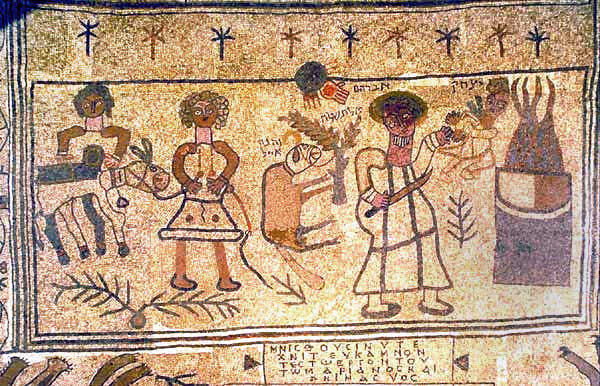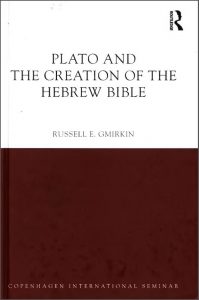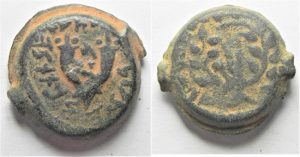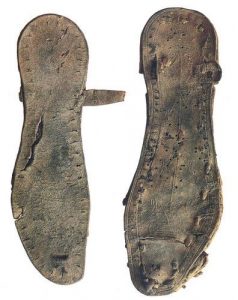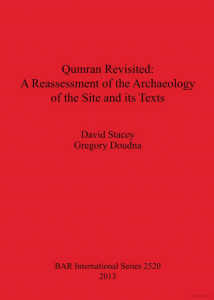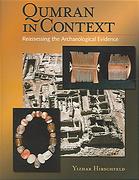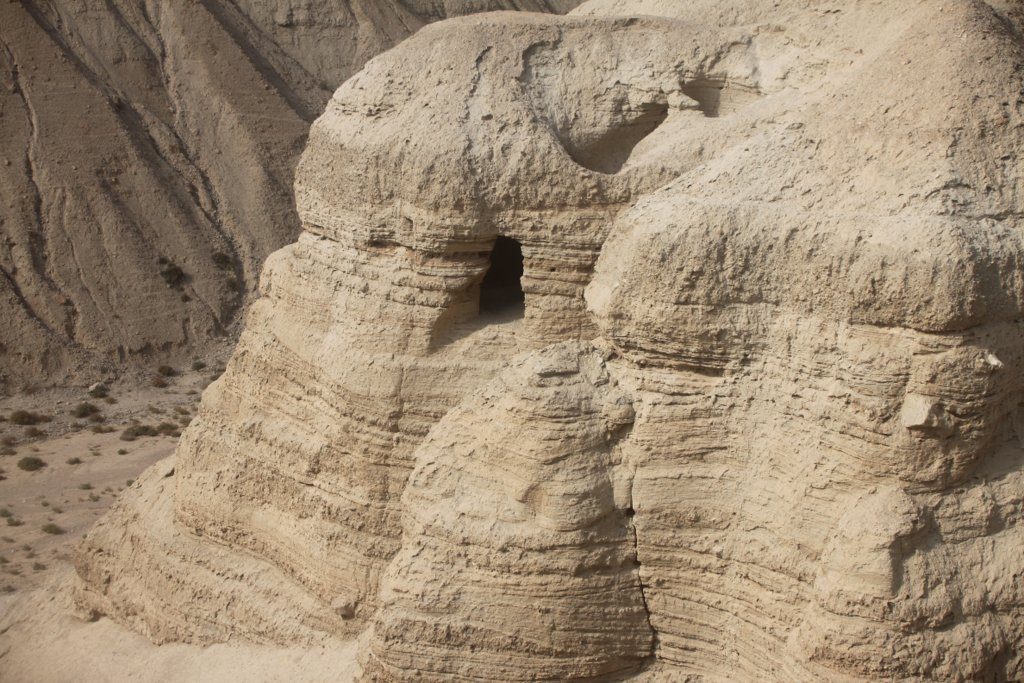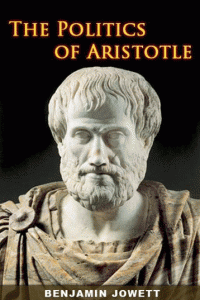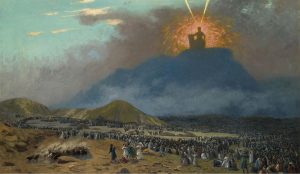Is it really a problem if a book in the Bible claims to be written by someone who was clearly not the author? Did ancient authors work by different rules and ideas about copyright from anything we think appropriate today? Might not a lowly scribe in fact be acting in a praiseworthy manner (by ancient standards) if he attached the name of a revered teacher as the author of a work he himself had just composed?
Scholars agree (not counting those “conservatives” or “fundamentalists” who believe every word in the bible, including author attribution, is true) that Paul’s letters to Timothy and Titus were not really written by Paul. So why do we read in those letters that Paul was their author? Was an unknown cleric so enamoured of Paul’s teaching, and so convinced that Paul would approve of everything in the letters, that he felt the best way he could honour the great Paul was to remove himself from the limelight and place Paul’s name on them?
Paul, an apostle of Jesus Christ by the commandment of God our Saviour, and Lord Jesus Christ, which is our hope; unto Timothy, my own son in the faith (1 Tim 1:1 KJV)
Were the first readers of such letters well aware Paul was not the real author and that no attempt had been made to maliciously deceive anyone. Using names of great teachers was the custom, not a crime as it is today. Is that what they thought back then?
The justifications addressed above are still believed and repeated by many today.
But they are not true. I have posted before on forgery in the ancient world and with respect to the Bible:
Still, one of the books I am reading at the moment is Pseudonymity and Canon: An Investigation into the Relationship of Authorship and Authority in Jewish and Earliest Christian Tradition, an edited doctoral thesis by David G. Meade (1987), and very early in his book he addresses the same questions but from a different perspective. Meade’s interest is in the various ways the false names attached to biblical works have been justified by modern clerics and scholars. I counted ten different excuses moderns have concocted to justify or understand how it is that the Bible came to contain books with false author attributions.
–o0o–
Myth 1: Intellectual property was an alien idea to the ancients
A pre-critical attempt to resolve the tension, still found in isolation today, was to simply regard the writers of antiquity as unburdened with the “copyright” mentality of our modern era. The sheer bulk of pseudonymous writings was cited as proof that correct attribution was of little concern.
Myth 1 busted
This view has been decisively shattered by the work of W. Speyer9. He acknowledges that the vital element of our modern understanding of forgery is a sense of geistiges Eigentum or “intellectual/creative property”. This, he demonstrates, developed in Greek culture as early as the sixth century B.C. The rise of a book trade and the formation of large libraries in the Hellenistic era contributed to this development. By the Christian era, ancient critics had developed iterary tools for exposing forgeries not unsimilar to our techniques today. (p.4)
–o0o–
Myth 2: If intellectual property was of concern to Greeks it was an alien idea to Jews
A related attempt at appealing to a “pre-copyright” mentality is to restrict the phenomenon to oriental, and particularly, Jewish culture. . . .
Myth 2 busted
However, by the Hellenistic era the concept was well established in Judaism. Even though an “Israelite literary tradition”, mostly characterized by anonymity, can be discerned12, the pervasiveness of Greek culture and the evidence of a consciousness of geistiges Eigentum in Jewish and Christian literature of the hellenistic era (cf.2 Thess 2:2; Rev 22:18-19) make this appeal untenable13
–o0o–
Myth 3: No one was deceived; it was an acceptable literary device
Another uncritical approach to the problem was to assert that pseudonymity was just a transparent literary fiction, not intended to deceive anyone. This idea found wide currency in the English speaking world, particularly through the works of H.H. Rowley (for apocalyptic) and P.N. Harrison (for the NT)14.
Myth 3 busted
Continue reading “The Problem of Forgery in the Bible: 10 Myths to Justify False Authorship”

